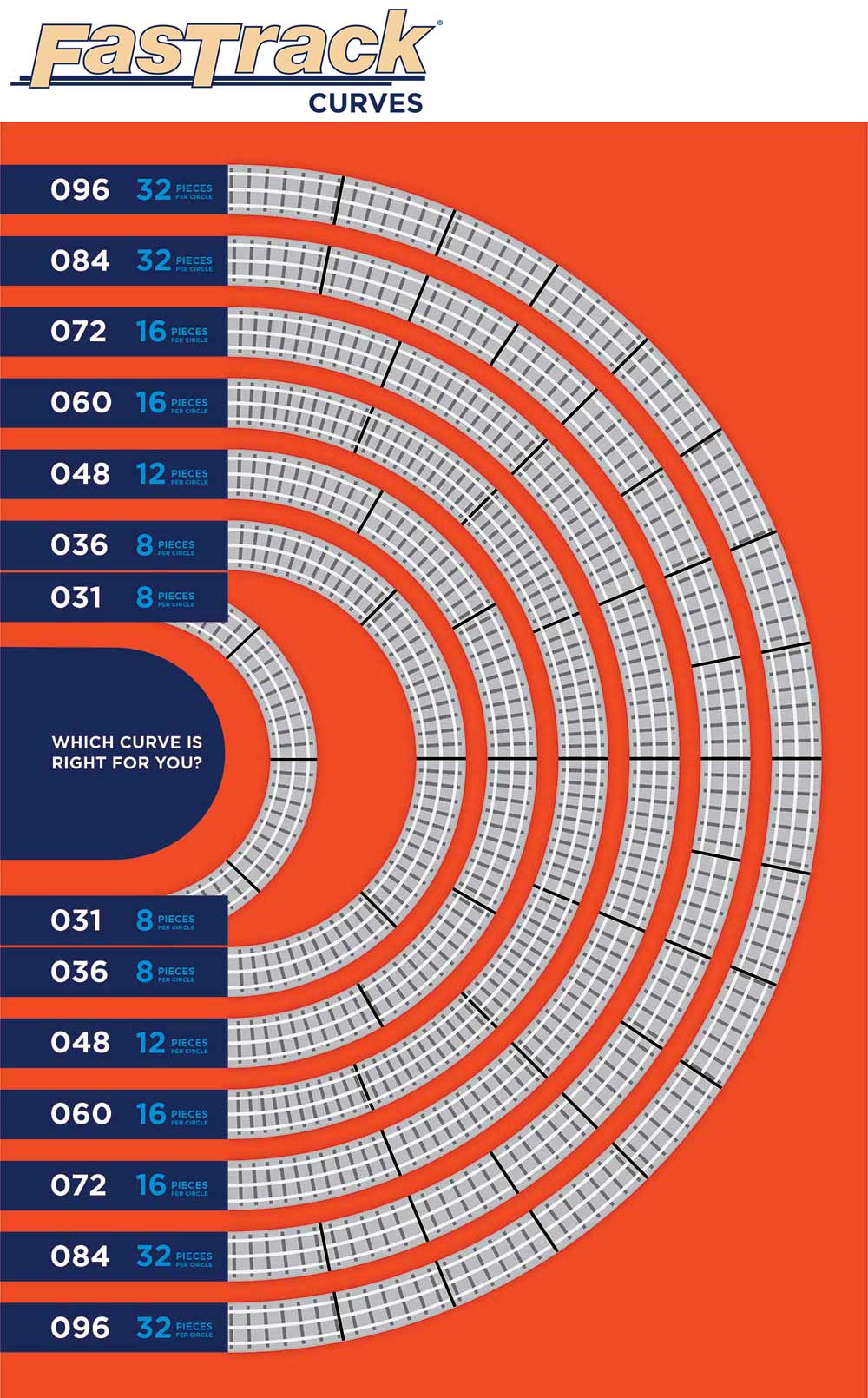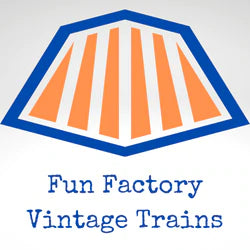Resources
Lionel Control Systems 
ZW Wiring for Safety

Complete Lionel 249e

Lionel Postwar Steam Locomotives & Tender Matchups
Loco Years Style Tender(s)Used
221 1946 -1947 Streamlined 2-6-4 221T, 221W
224 1945 -1946 Prairie 2-6-2 2466W, 2466WX, 2466T
233 1961 -1962 scout 2-4-2 233W
235 1961 Scout. 2-4-2 1130T, 1060T, 1050T
236 1961 - 1962 Scout 2-4-2 1130T, 1150T
237 1963 -1966 Scout 2-4-2 1160T, 1061T, 1062T, 234W, 242T
238 1963 -1964 Scout. 2-4-2 234W
239 1965 -1966 Scout. 2-4-2 234W
240 1964 Scout. 2-4-2 242T
241 1965 Scout 2-4-2 1130T, 234W
242 1962 -1969 Scout. 2-4-2 1060T, 1062T, 1061T, 242T
243 1960 Scout 2-4-2 243W
244 1960 -1961 Scout. 2-4-2 244T, 1130T
245 1959 – 1960 Scout. 2-4-2 1060T, 1130T
246 1959 -1961 Scout. 2-4-2 244T, 1130T
247 1959 -1961 Scout. 2-4-2 247T
248 1958 Scout. 2-4-2 1130T
249 1958 Scout 2-4-2 250T
250 1957 Scout 2-4-2 250T
251 1966 Scout 2-4-2 1062T
253 1966 Scout. 2-4-2 1061T
637 1959 - 1963 Prairie 2-6-4 2046W, 736W
646 1954 - 1958 Santa Fe Hudson .4-6-4 2046W
665 1954 - 1959 Santa Fe Hudson .4-6-4 6026W, 2046W, 736W
670 Not Manufactured
671 1946 - 1952 Turbine 6-8-6 671 W 2046WX, 2671 W
674 Not Manufactured
675 1947 -1952 K-4 Pacific 2-6-2&2-6-4 2466WX, 6466WX, 2046W
681 1950 -1951 Turbine 6-8-6 2046WX, 2671W
682 1954 -1955 Turbine 6-8-6 2046WX
685 1953 Santa Fe Hudson .4-6-4 6026W, 2046W
703 Not Manufactured
726 1946 -1952 Berkshire 2-8-4 2426W, 2046w
726RR 1952 Berkshire 2-8-4 2046W, 2671WX
736 1950 -1968 Berkshire 2-8-4 2671WX, 2671W, 2046W, 736W
746 1957 – 1960 N&WJ 4-8-4 746W Short and Long Stripe
671 R 1946 -1949 Turbine 6-8-6 4424W, 4671W
671 RR 1952 Turbine 6-8-6 2046WX
773 1950 Scale Hudson .4-6-4 2426W, 736W, 773W
1001 1948 Scout 2-4-2 100n
1050 1959 Scout. 0-4-0 1050T, 1062T
1060 1960 -1962 Scout. 2-4-2 060T, 1150T
1061 1963 -1969 Scout. 0-4-0 1061T, 242T, 1060T
1062 1963 - 1964 Scout 2-4-2&0-4-0 1062T, 106n, 242T,1 060T
1101 1948 Scout 2-4-2 100n
1110 1949 -1952 Scout 2-4-2 100n
1120 1950 Scout 2-4-2 100n
1130 1953 -1954 Scout 2-4-2 6066T, 1130T
1615 1955 -1957 Switcher 0-4-0 1615T
1625 1958 Switcher 0-4-0 1625T
1654 1946 -1947 Scout. 2-4-2 1654W, 221W, 1654T
1655 1948 -1949 Scout. 2-4-2 6654W
1656 1948 -1949 Switcher 0-4-0 24038, 64038
1665 1946 -1947 Switcher 0-4-0 24038
1666 1946 -1947 Prairie 2-6-2 2466W, 2466T, 2466WX
1862 1959 -1962 General. 4-4-0 1862T
1872 1959 - 1962 General. .4-4-0 1872T
1882 1960 General. .4-4-0 1882T
2016 1955 -1956 Prairie 2-6-4 6026W
2018 1956 - 1959 Prairie 2-6-4 6026T, 6026W, 1130T
2020 1946 - 1949 Turbine 6-8-6 2020W, 6020W
2025 1947 -1952 K-4 Pacific 2-6-2&2-6-4 2466WX, 6466WX, 6466W
2026 1948 -1953 Prairie 2-6-2&2-6-4 6466WX, 6466W, 6466T, 6066T
2029 1964 -1969 Prairie 2-6-4 1060T, 234W, 1130T, 234T
2034 1952 Scout 2-4-2 6066T
2035 1950 -1951 K-4 Pacific 2-6-4 6466W
2036 1950 Prairie 2-6-4 6466W
2037 1953 -1963 Prairie 2-6-4 6026T, 1130T, 2026W, 233W,
2037-500 Girl's 1957 -1958 Prairie (Pink) 2-6-4 1130T-500
2046 1950 - 1953 Santa Fe Hudson 4-6-4 2046W
2055 1953 - 1955 Santa Fe Hudson 4-6-4 6026W, 2046W
2056 1952 Santa Fe Hudson 4-6-4 2046W
2065 1954 - 1956 Santa Fe Hudson 4-6-4 2046W, 6026W
4681 Not Manufactured
6110 1950 Scout 2-6-2 600n
LIONEL PREWAR TENDER MATCH UPS
Understanding Curves
If you’re just getting started building a model railroad, understanding curves can be a challenge. O-27, O-48, radius, degree, arc – how do you make sense of all of this without retaking Geometry?
First, a little background on curves and how they’re measured. In a perfect world, railroads would build their tracks in a straight line. Curves increase friction and wear on wheels and rails, and cause reduced train speeds. But of course, the world isn’t flat, and even our train platforms have edges so curves are a fact of life for all of us. On the prototype as well as our models, trains run faster and safer through larger curves, but there is always a need to compromise whether it is a mountain or the end of the plywood.
Given the large scale of real railroads, prototype curves are measured in degrees. For modelers it is usually far more practical to measure our curves by their radius or diameter. If you’ll remember your basic geometry, the radius is a measure from the perimeter of a circle to its center. The diameter is twice this distance, ie. perimeter to perimeter through the center.
In most scales, radius is used as the standard measurement and pre-made track sections are available in several common radii. With O gauge, diameter is often used when measuring pre-made curve sections. These curves are shown as O-xx, where “xx” is the diameter of the curve. O-27 is the tightest curve available and has a diameter of 27 inches. O-27 can also be used to identify the profile of the rail which is higher than scale to better accommodate the needs of model trains. The term is also sometimes applied to all trains and tracks that operate on anything other than true O scale. Most Lionel sets include O-36 curves.
When measuring track, the radius and diameter correspond to the centerline of the track. In other words, the actual outside dimension will be slightly wider than the designation. In other words, a circle of O-36 track will not actually fit on a 3 foot square table. When using FasTrack, it is generally a good idea to add an additional two inches to each side (so 40 inches for a 180 degree turn) to accommodate the roadbed. If you are running longer cars and locomotives, additional space on either side of the track may also be necessary to allow for overhang.
Lionel Curve Comparison
Click to Enlarge...
How Tight Are Model Curves?
Just how tight are the curves on our model trains? Very. Here are a few facts for comparison:
O scale trains are twice the size of HO trains. The standard train set curve in HO scale is 18″ radius (considered tight by HO standards) – the same as our O-36 diameter.
Many true O-scale 2-rail layouts use 72″ radius as a minimum curve (not O-72) – in other words a circle of track requires a room slightly larger than 12′ x 12′.
The curves of the Pennsylvania’s famous Horseshoe Curve (one side of the curve is actually a little sharper than the other) were among the sharpest on the railroad. If laid out in O scale to an accurate dimension, a model of the curve would be about 33 feet wide.
With numbers like these, it is easy to see why most O gauge modelers have accepted the compromises of curves that would be too tight for most of the equipment we model.
What Size Curves Should I Use?
The best minimum radius for you is a matter of personal choice. Obviously, trains will look more realistic on larger curve sections. If you want to run models of larger, scale length equipment and large locomotives then you may need to use O-48 or even O-60 curves or more.
As a general rule, it is a good idea to use the largest curves possible in the space you have available. There are a variety of track and layout designs that make curves less of an issue. For example you could build around the walls of a room instead of a platform in the center, or build a linear switching layout. Many modelers place a loop of the largest curves they can around the perimeter of a platform dedicated to the largest equipment and run shorter cars on more elaborate track plans within the center.
Like most aspects of the hobby, there are few strict rules about what is right. After all, most of the prototypes for our trains would just keep going in a straight line if they ever encountered any of our curves. Just do what is right for you!





